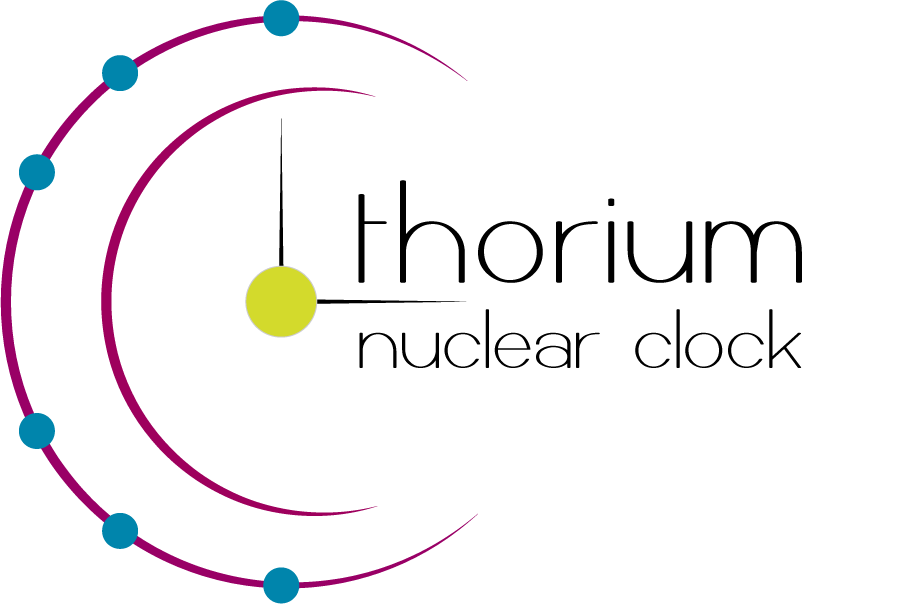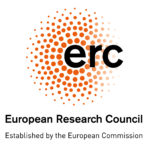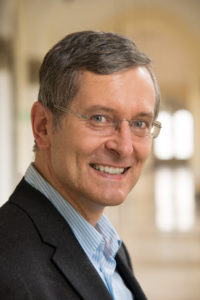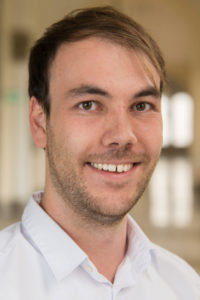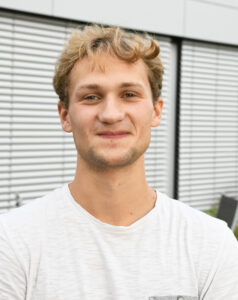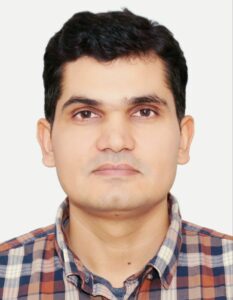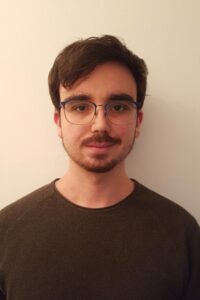LMU München
The LMU team forms part of the nuclear physics group working at the LMU Chair of Medical Physics in Garching, operating its experimental facilities at the Maier-Leibnitz Laboratory.
We focus on a direct identification of the 229mTh ground-state transition and an improved determination of its transition wavelength as a prerequisite for the development of a suitable laser system able to directly control the laser excitation of the Th isomer. The experimental concept is based on a spatial decoupling between the population of the 229mTh isomer (via a decay from 233U) and the detection of its ground-state decay. This is achieved by using a buffer-gas stopping cell, where the 233U source is mounted, and a recoil nuclei are thermalized, extracted, phase-space-cooled and mass separated from accompanying a decay chain daughter products of 233U (and a minor 232U contamination of about <10-6 in the source).
Subsequently, two routes are pursued to search for the ground state decay. The first one directly targets the UV fluorescence. Here the extracted and separated isomeric nuclei are
being focused and collected on a micro electrode. Thus any prompt background is left in the gas cell and in the subsequent UV optical system the isomeric decay can be studied in a clean environment. To this end the collection electrode is placed in the focus of an annular parabolic mirror that collects and parallelizes the fluorescence light from the ground-state transition, sending it to a second annular deep parabolic mirror, whose distant focal point lies behind the mirror, in the plane of a multi-channel-plate detector (whose photo-electrons are accelerated towards a phosphorus screen, where they are registered by a sensitive CCD camera).
The second approach aims at detecting electrons from the isomeric decay via internal conversion (IC), using the same MCP/CCD combination for position-sensitive electron detection.
Provided a positive outcome of our isomeric transition search, the next step to be addressed would be the preparation of the 229mTh ions, preferably in the 3+ charge state, for half-life determination and ultimately laser manipulation in a cryogenic linear Paul trap to be set up within the framework of nuClock.

